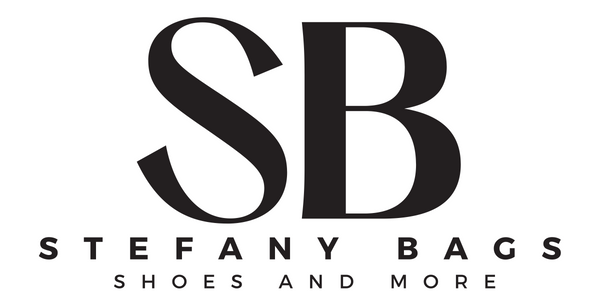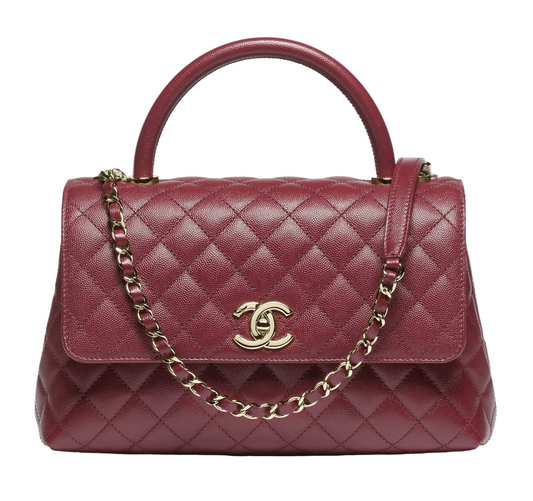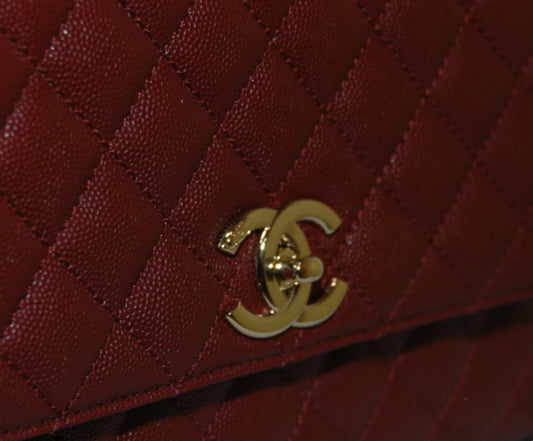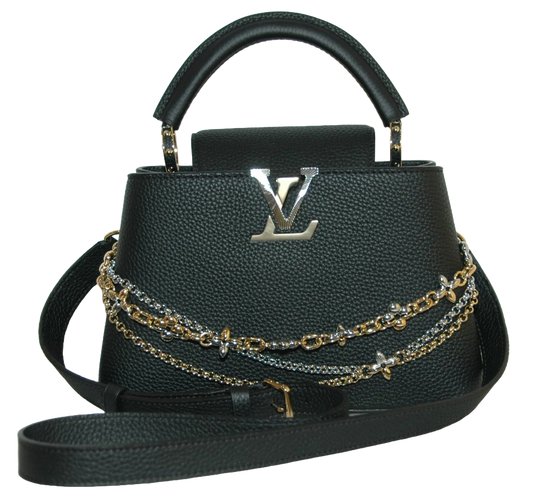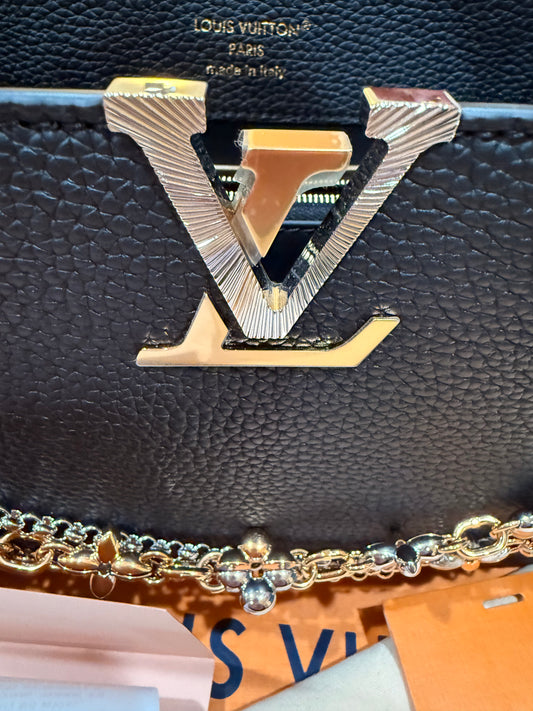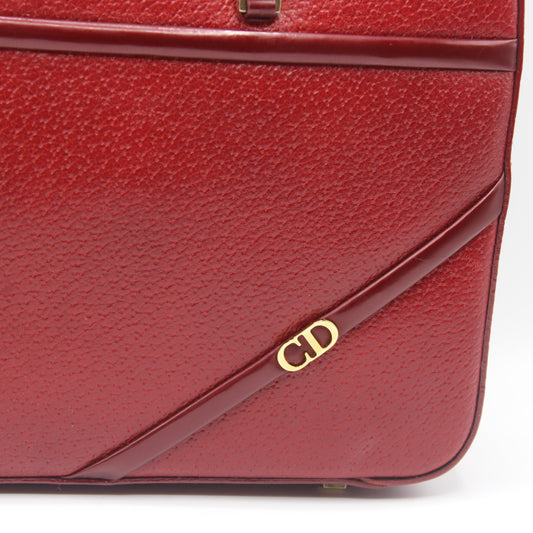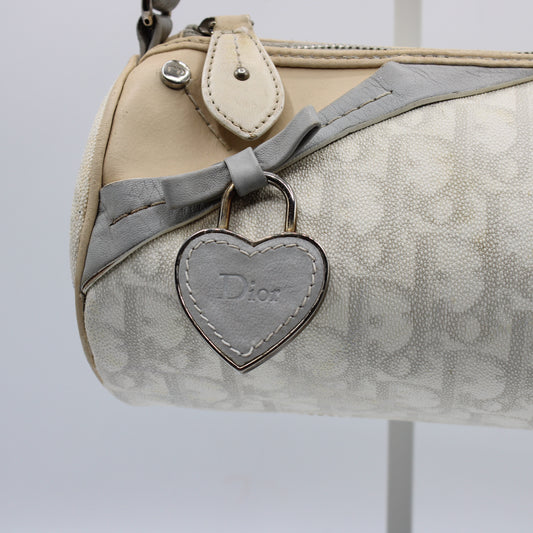
1930s Fashion Renaissance: From Great Depression to Hollywood Glamour
Stefany Bags Shoes and MoreShare
The 1930s, a decade marked by significant global economic and social turbulence, stands as a testament to the unyielding resilience and transformative power of fashion. In this era, the world witnessed an unprecedented fusion of style, practicality, and innovation, laying the groundwork for many modern fashion trends. At Stefany Bags Shoes and More, our exploration into this fascinating period reveals not just the survival of fashion amidst adversity, but its ability to flourish and redefine beauty standards under challenging circumstances.
During this time, the impact of the Great Depression was felt worldwide, leading to a dramatic shift in the fashion industry. This shift was characterized by a move away from the extravagance of the 1920s to a more understated, yet equally captivating, aesthetic. The 1930s saw the rise of a more streamlined silhouette, a reflection of the era's economic constraints, yet these limitations did not dampen the creative spirit of designers and fashion enthusiasts.
The decade was also a golden age for Hollywood, whose glamorous screen sirens like Greta Garbo and Jean Harlow became the epitome of chic, influencing fashion trends far beyond the movie sets. Their impact introduced a contrast to the otherwise somber mood of the era, injecting a sense of escapism and fantasy into the world of fashion.
As we delve deeper into the 1930s, we uncover a rich tapestry of styles that range from elegantly simple daywear to opulent evening attire. It was a time when every stitch and hemline told a story of resilience, creativity, and a relentless pursuit of beauty. It is these stories that continue to inspire us at Stefany Bags Shoes and More, as we blend the timeless elegance of the past with the innovative spirit of the present.
The economic hardships of the Great Depression necessitated a pragmatic approach to clothing. The flamboyant styles and luxurious fabrics of the previous decade gave way to simpler, more affordable materials and designs. Silk and velvet were often replaced by cotton and rayon, materials that were not only cost-effective but also versatile. This transition marked a significant change in the way people approached fashion - it was no longer just about luxury and excess, but about practicality and durability.
Women's fashion during the 1930s reflected these economic constraints. Hemlines dropped and waistlines returned to their natural position, contrasting sharply with the boyish figures popularized in the 1920s. Dresses and skirts became longer and leaner, offering a more conservative and refined aesthetic. The focus was on creating garments that were both stylish and functional, suitable for the working woman as well as the homemaker.
An important development during this era was the rise of ready-to-wear fashion. Previously, custom-made clothing was the norm for the middle and upper classes, but as economic realities bit hard, the demand for mass-produced clothing soared. This democratization of fashion allowed for a wider reach, making stylish and up-to-date clothing accessible to a larger segment of the population. Department stores and mail-order catalogs became popular avenues for purchasing the latest trends, signaling a significant shift in how fashion was consumed.
Despite the economic constraints, the 1930s were not devoid of innovation in fashion. Designers like Coco Chanel and Elsa Schiaparelli made significant contributions during this period, championing simplicity and elegance in design. Chanel's philosophy of comfortable yet chic fashion resonated with the mood of the era, while Schiaparelli's artistic flair added a touch of whimsy and creativity.
The Great Depression's influence extended beyond just the practical aspects of fashion. It brought about a new appreciation for versatility and functionality in clothing, values that are still cherished in today's fashion world. At Stefany Bags Shoes and More, we draw inspiration from this era's ability to blend practicality with style, creating collections that are both timeless and relevant.
In the 1930s, while much of the world grappled with the economic constraints of the Great Depression, Hollywood became a beacon of glamour and sophistication. This era, often referred to as the Golden Age of Hollywood, saw film stars not just as entertainers but as fashion icons, setting trends that resonated globally. At Stefany Bags Shoes and More, we celebrate the influence of these icons, whose style continues to inspire fashion enthusiasts.
Greta Garbo, known for her enigmatic and sophisticated presence, was a major fashion influencer of the 1930s. Her penchant for wearing slinky, floor-length gowns and tailored suits challenged and redefined femininity in fashion. Garbo's style was marked by a combination of masculine and feminine elements - a bold move that was both avant-garde and chic. Her famous slouch hat, often paired with a sharply tailored coat, became a style statement emulated by women around the world.
Another Hollywood legend, Marlene Dietrich, was synonymous with glamour and seduction. Known for her daring fashion choices, Dietrich was one of the first women in Hollywood to wear trousers publicly, causing both a scandal and a fashion revolution. Her signature look often included a tuxedo or a beautifully cut men's suit, which she wore with an effortless elegance, challenging gender norms and redefining women's fashion.
Joan Crawford, with her broad shoulders and dramatic silhouettes, also left an indelible mark on the fashion of the 1930s. Her role in "Letty Lynton" (1932) popularized the 'Letty Lynton dress', designed by Adrian, featuring large, ruffled sleeves. This dress became a sensation, with copies flying off the shelves in department stores across America, illustrating the direct influence of Hollywood on mainstream fashion.
These stars' influence extended beyond their wardrobe choices. They brought a sense of escapism and fantasy to the public, offering a glimpse into a world of luxury and opulence during a time of widespread hardship. Their impact was profound, setting trends that went beyond the silver screen and permeated everyday fashion. Women around the world were inspired to adopt a more confident, glamorous style, thanks to these icons of Hollywood.
At Stefany Bags Shoes and More, we understand the power of fashion to inspire and uplift. The glamour of 1930s Hollywood, with its blend of elegance, boldness, and sophistication, is a testament to fashion's ability to transcend time and continue to influence contemporary styles.
The 1930s were not only a time of significant change but also a period of remarkable innovation in fashion, introducing trends that have stood the test of time. At Stefany Bags Shoes and More, we draw inspiration from these enduring styles, appreciating their blend of elegance and practicality.
One of the era's most iconic styles was the bias-cut dress. This technique, which involved cutting fabric at a 45-degree angle, allowed the dress to cling softly to the body, accentuating natural curves with a fluid, elegant drape. Madeleine Vionnet, a French designer, was a pioneer of this style, and her designs epitomized the glamour and sophistication of the era. These dresses were often made of silk or satin, adding a luxurious feel to the simple yet stunning silhouette.
High-waisted pants and A-line skirts also gained popularity in the 1930s. These styles were both fashionable and functional, offering a comfortable fit that was suitable for the active lifestyles of women during this decade. High-waisted pants, in particular, were a bold move away from the more traditional feminine styles, reflecting the evolving role of women in society.
Luxury was not entirely forsaken during the 1930s, as evidenced by the use of fur accents in fashion. Fur collars, cuffs, and stoles added a touch of opulence to outerwear, elevating everyday looks with a hint of glamour. This trend showcased the era's ability to balance practicality with luxury.
Accessories played a crucial role in completing the 1930s look. Cloche hats, fitting snugly over the head, continued their popularity from the 1920s, while long pearl necklaces added a touch of elegance to even the simplest outfits. These accessories were integral in achieving the sophisticated and polished look that defined the decade.
At Stefany Bags Shoes and More, we admire the 1930s for its unique blend of functionality and elegance. The key fashion trends of this era, from the graceful bias-cut dresses to the luxurious fur accents, continue to inspire our collections, reflecting a timeless appeal that transcends generations.
The 1930s marked a significant shift in women's fashion, including the styles and purposes of handbags. This era witnessed a transition towards functionality and casual comfort, aligning with the broader changes in women's roles and lifestyles. At Stefany Bags Shoes and More, we appreciate how these historical trends have influenced contemporary bag designs, offering versatility and elegance.
During this period, women began to embrace a more active role in society, and their fashion choices, including bags, reflected this change. Handbags were no longer just decorative items but practical accessories for the modern woman. Brands like Hermes and Gucci, which were emerging as fashion powerhouses, began to focus on creating bags that were not only stylish but also functional.
Luxury was not entirely forsaken during the 1930s, as evidenced by the use of fur accents in fashion. Fur collars, cuffs, and stoles added a touch of opulence to outerwear, elevating everyday looks with a hint of glamour. This trend showcased the era's ability to balance practicality with luxury.
The 1930s were a period of ingenuity in handbag styles, materials, and colors, reflecting the broader societal shifts and the evolving role of women. Handbags of this era were characterized by their diverse materials, including the introduction of affordable yet durable fabrics like cotton and rayon, alongside traditional leathers. This mix offered a wide range of textures and appearances, from the sleek sophistication of leather to the casual elegance of fabric bags, catering to every occasion and need.
Color played a significant role in the handbag trends of the 1930s, with a palette that moved beyond the basic blacks and browns to include rich burgundies, deep greens, and navy blues. These hues complemented the streamlined, geometric fashion of the day, adding a pop of color to the understated elegance of the era's attire. Handbags often featured intricate details such as Art Deco-inspired clasps, embroidery, and beading, which added a touch of glamour and finesse.
The functionality of 1930s handbags was paramount, with designs incorporating multiple compartments, clasps, and expandable features to accommodate the needs of the modern woman. Clutches, shoulder bags, and the newly popularized crossbody styles allowed for hands-free convenience, reflecting the era's shift towards more active and engaged lifestyles. These practical considerations did not come at the expense of style; rather, they enhanced the bags' appeal, making them indispensable companions for the day's adventures.
During this period, women began to embrace a more active role in society, and their fashion choices, including bags, reflected this change. Handbags were no longer just decorative items but practical accessories for the modern woman. Brands like Hermes and Gucci, which were emerging as fashion powerhouses, began to focus on creating bags that were not only stylish but also functional.
Hermes, for example, introduced the 'Sac à dépêches' in 1935, later known as the Kelly bag, which became synonymous with refined elegance and utility. Its structured shape and spacious interior made it ideal for everyday use while maintaining a chic aesthetic. This bag demonstrated how luxury and practicality could coexist, setting a standard for future handbag designs.
Gucci, on the other hand, made its mark with finely crafted leather goods. In the 1930s, Gucci's artisans developed a unique bamboo handle, born out of necessity due to wartime material shortages. This innovative design not only solved a practical problem but also added a distinctive style element, creating a trend that has been revisited in various forms over the decades.
Handbag designs from the 1930s also saw the introduction of more casual, softer silhouettes, moving away from the rigid, boxy styles of the past. Materials like soft leathers and fabrics allowed for more relaxed shapes, making them suitable for daily wear and more informal occasions.
The 1930s stand as a poignant example of how fashion can be both a reflection of the times and a beacon of hope and resilience. In an era marked by economic hardship and societal shifts, the fashion world responded with creativity, elegance, and practical innovation. This unique blend of style and functionality from the 1930s continues to inspire and influence contemporary fashion, reminding us at Stefany Bags Shoes and More of the enduring power and versatility of fashion.
The decade’s legacy lies in its ability to harmonize the practical needs of daily life with an unyielding sense of style, giving rise to trends that were as beautiful as they were functional. As we look back on this era, we are reminded that fashion is not just about clothing and accessories; it's a narrative of our collective history, a response to our environment, and a testament to human ingenuity.
© 2024 Stefany Bags Shoes and More
